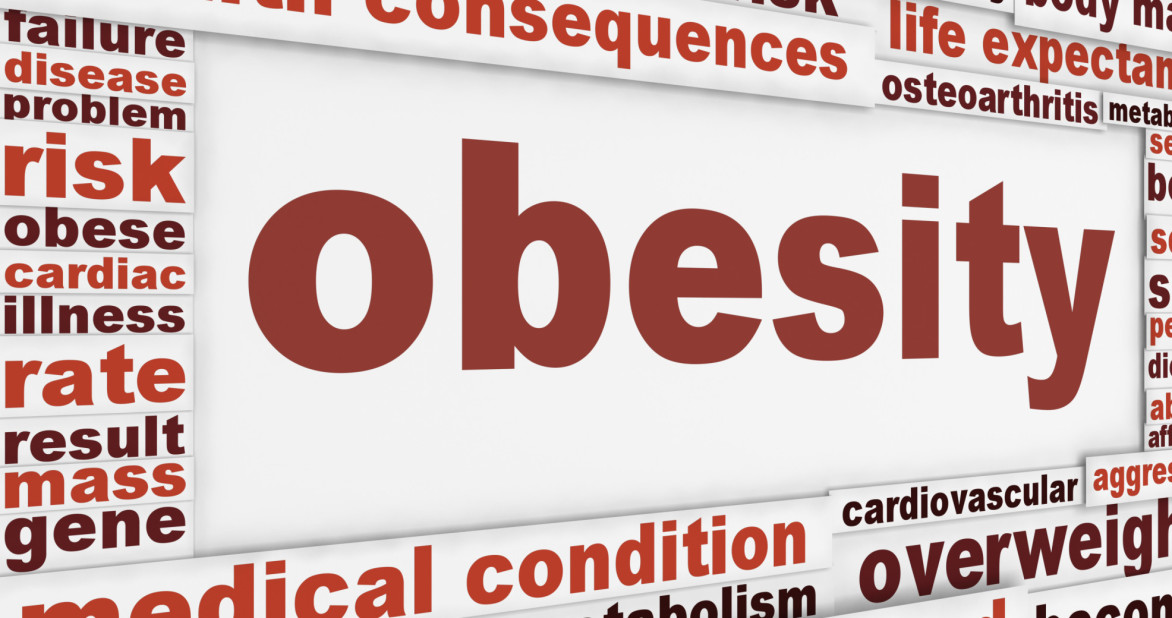The Impact of Obesity and Overweight in Intimacy
The Impact of Obesity and Overweight in Intimacy: Erectile Dysfunction
 One of the most effects of obesity and overweight in families is the impact they have in sexual life of couples. And owing to the nature of the problem, most people often chose to suffer the burden quietly for fear of being ridicule. The impact of obesity and overweight in intimacy is a reality and the sooner we face it as any other problem the better for all of us. If we don’t then we shall be propagating a lot of discomfort in most relationships. At AWAREmed Health and Wellness Resource Center we have noticed this challenge people are having and that among many other reasons is the motivation doctor Dalal Akoury made an informed decision to form a medical center whose main objective is to transform each individual’s life through increasing awareness about health and wellness and by empowering individuals to find their own inner healing power. Yes it is true that sex is a very private matter, but when it comes to a point where it is causing your relation problems, then the affected individuals needs to seek for help where their problem would be fixed with a lot of confidentiality. It is because of that reason that Dr. Akoury’s practice focuses on personalized medicine through healthy lifestyle choices that deal with primary prevention and underlying causes instead of patching up symptoms. Therefore if you want to know more about the impact of obesity and overweight in intimacy, then you may want to schedule for an appointment with the experts at AWAREmed Health and Wellness Resource Center and doctor Akoury will be there to attend to all your issues professionally.
One of the most effects of obesity and overweight in families is the impact they have in sexual life of couples. And owing to the nature of the problem, most people often chose to suffer the burden quietly for fear of being ridicule. The impact of obesity and overweight in intimacy is a reality and the sooner we face it as any other problem the better for all of us. If we don’t then we shall be propagating a lot of discomfort in most relationships. At AWAREmed Health and Wellness Resource Center we have noticed this challenge people are having and that among many other reasons is the motivation doctor Dalal Akoury made an informed decision to form a medical center whose main objective is to transform each individual’s life through increasing awareness about health and wellness and by empowering individuals to find their own inner healing power. Yes it is true that sex is a very private matter, but when it comes to a point where it is causing your relation problems, then the affected individuals needs to seek for help where their problem would be fixed with a lot of confidentiality. It is because of that reason that Dr. Akoury’s practice focuses on personalized medicine through healthy lifestyle choices that deal with primary prevention and underlying causes instead of patching up symptoms. Therefore if you want to know more about the impact of obesity and overweight in intimacy, then you may want to schedule for an appointment with the experts at AWAREmed Health and Wellness Resource Center and doctor Akoury will be there to attend to all your issues professionally.
Erection is one key element that is commonly affected by being overweight and obesity. When one is not able to sustain an erection for sexual performance, medically that act is known as erectile dysfunction (ED). Even though ED is directly affecting men, but its effects are felt seriously by their sexual partners. There are several reasons why ED can happen including diseases which affect the vascular functions like hypertension, heart disease and diabetes. It has been established from various research findings that majority of obese men are vulnerable to these health conditions and in return they become easy targets of these diseases and thereby suffer erectile dysfunction. It must however be noted that by being just slightly overweight or carrying around just a few extra pounds will not necessarily cause erectile dysfunction, but nevertheless being overweight can pave the way to obesity. Obesity or just excess body fat and a BMI over 30 can cause significant health problems and directly contributes to erectile dysfunction.
The Impact of Obesity and Overweight in intimacy: Effects of Obesity to the Body
- From a metabolic standpoint, obesity contributes to diabetes by affecting the way the body processes sugar.
- Additionally, obese people tend to have high cholesterol and are more vulnerable to hypertension and heart disease as had been indicated above.
- From a quality-of-life standpoint, obesity contributes to sleep disturbances, snoring and, in severe cases, sleep apnea, all of which can lead to daytime fatigue and depression.
- Obese people may also experience excessive sweating, overheating and frequent rashes in the folds of the skin.
- Excess weight also puts strain on the joints and may lead to knee, ankle and back pain.
- Obesity also increases the risk of some cancers, gall bladder disease and stroke.
The Impact of Obesity and Overweight in intimacy: How Obesity Affects Erectile Dysfunction
Obesity can directly affect erectile dysfunction by lowering testosterone levels. It is important noting that Testosterone is the primary sex hormone in men which plays an important and vital role in both libido and sexual function. Indirectly, obesity contributes to other diseases, such as hypertension, that are known factors in erectile dysfunction. The penis needs a sufficient supply of blood in order to become erect. Once engorged, the vessels need to close in order to maintain the erection.
Hypertension, diabetes, high cholesterol and heart disease all contribute to erectile dysfunction by adversely damaging and constricting blood vessels and affecting the way blood flows in and out of the penis. It is possible to reverse the effects of obesity and obesity-related diseases with diet, exercise and in some cases, drug intervention. Besides these obese men with health issues should consult with their physicians before attempting any diet, exercise or weight-loss program. This is doctor Akoury founded this facility (AWAREmed Health and Wellness Resource Center) to offer the much needed help. If you have been to this link you probably know doctor Akoury as a professional in weight loss. She is not just a weight lose expert but also vastly experienced in sexual dysfunction treatment. In both practices she has had an accumulation of experience of over two decades attending to all patients from all walks of life globally and your condition will be handled best in her care with great professionalism and confidentiality.
The Impact of Obesity and Overweight in intimacy: The Mechanics and Causes of ED
An erection occurs when blood fills two chambers known as the corpora cavernosa. This causes the penis to expand and stiffen, much like a balloon as it is filled with air. The process is triggered by impulses from the brain and genital nerves. Anything that blocks these impulses or restricts blood flow to the penis can result in ED some of which may include:
The Impact of Obesity and Overweight in intimacy: Chronic Disease
The link between chronic disease and ED is most striking for diabetes. Men who have diabetes are two to three times more likely to have erectile dysfunction than men who do not have diabetes. Among men with erectile dysfunction, those with diabetes may experience the problem as much as 10 to 15 years earlier than men without diabetes. Yet evidence shows that good blood sugar control can minimize this risk. Other conditions that may cause ED include cardiovascular disease, atherosclerosis (hardening of the arteries), kidney disease, and multiple sclerosis. These illnesses can impair blood flow or nerve impulses throughout the body.
The Impact of Obesity and Overweight in intimacy: Lifestyle
Lifestyle choices that impair blood circulation can contribute to ED. Smoking, excessive drinking, and drug abuse may damage the blood vessels and reduce blood flow to the penis. Smoking makes men with atherosclerosis particularly vulnerable to ED. Being overweight and getting too little exercise also contributes to ED. Studies indicate that men who exercise regularly have a lower risk of ED.
The Impact of Obesity and overweight in intimacy: Psychological
ED usually has something physical behind it, particularly in older men. But psychological factors can be a factor in many cases of ED. Doctor Akoury registers that stress, depression, poor self-esteem and performance anxiety can short circuit the process and leads to an erection. These factors can also worsen the problem in men whose ED stems from something physical. Finally the impact of obesity and overweight in intimacy is real and when it happen, we must not shy away from it. The sooner we are able to face it the better for everyone whether in marriage or in active relationship. When you visit AWAREmed Health and Wellness Resource Center, doctor Dalal Akoury will be there to help you get out of the twin conditions of being obese and erectile dysfunction in the most efficient and professional way. Remember that confidentiality is one of our strength so you need not to worry for anything.
The Impact of Obesity and Overweight in Intimacy: Erectile Dysfunction








